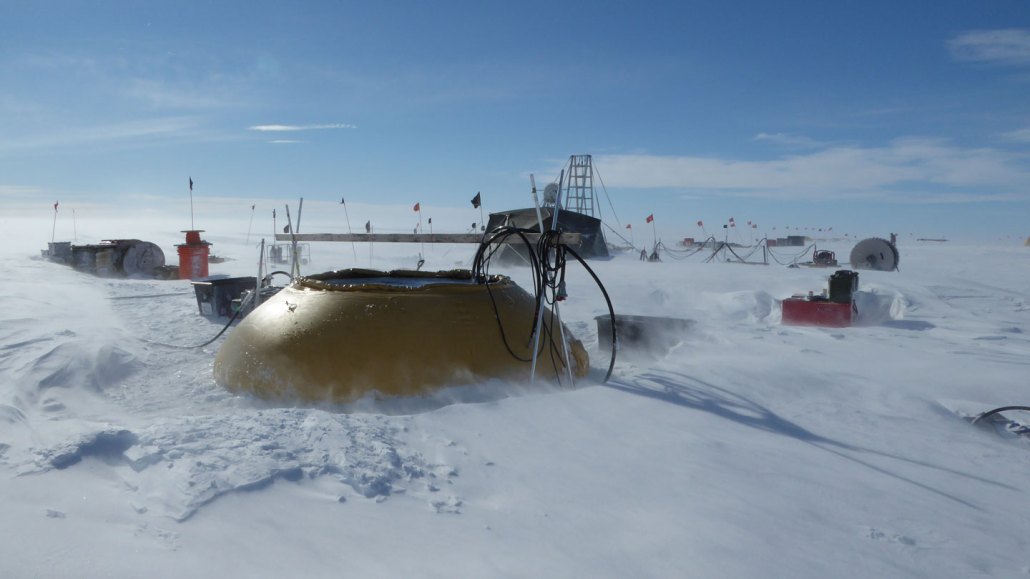
Researchers camping on Antarctica’s Thwaites Glacier melted a hole through more than 500 meters of ice to investigate the narrow cavity of seawater that is melting what’s known as the glacier’s grounding zone, where the ice lifts off the seafloor and starts to float.
P. Davis/BAS